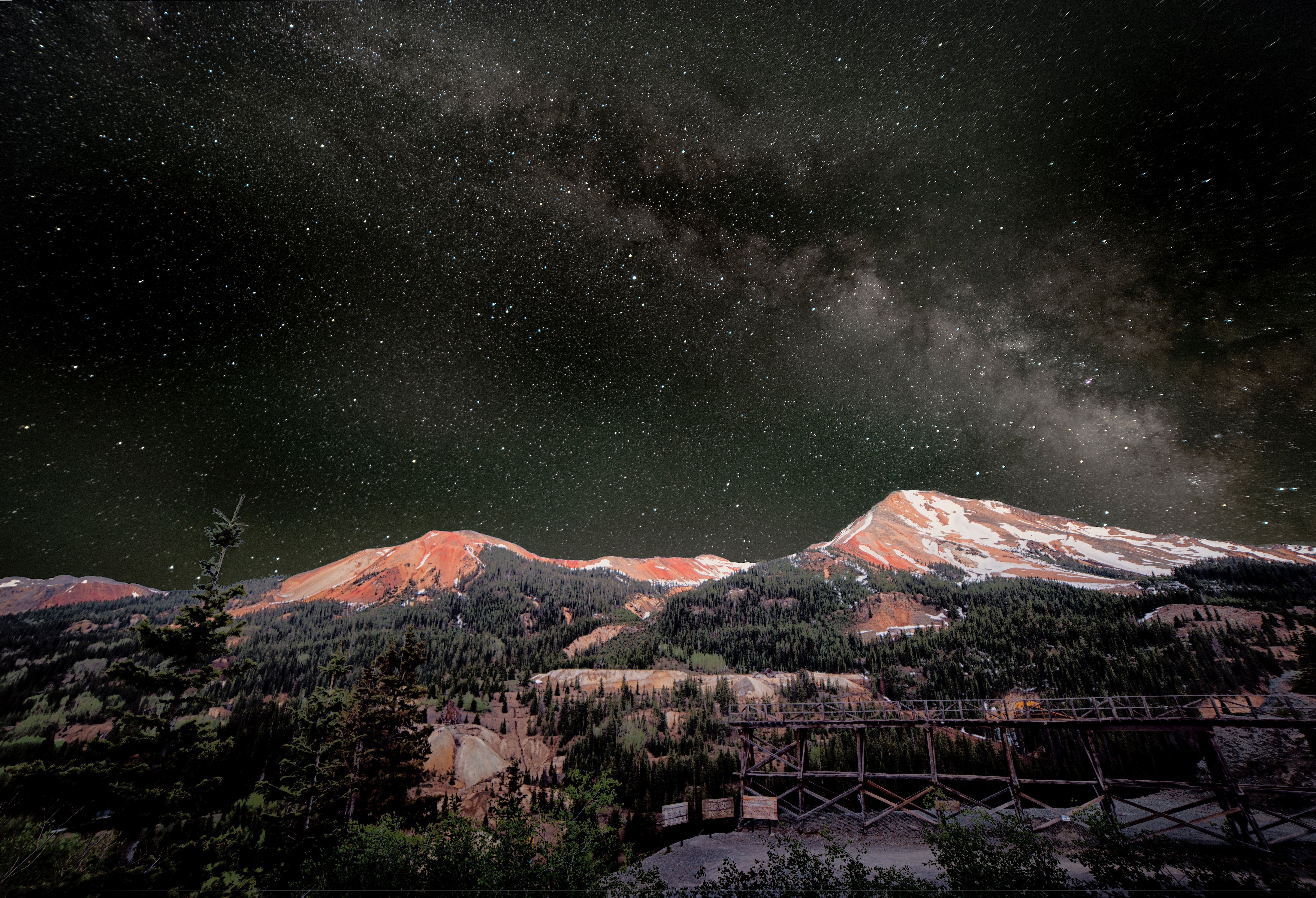10 billion trillion trillion tonnes of ‘space grease’ exists in the Milky Way
A recent study published in the Monthly Notices of the Royal Astronomical Society may provide insight into some of the bigger astronomical mysteries: the creation of planets, stars and biological life.
The University of New South Wales in Australia and Ege University in Turkey led a collaborated effort to estimate the amount of organic matter in space. By recreating interstellar conditions in their laboratory, they were able to recreate and characterise material akin to that of ‘space grease’ (an aliphatic carbon form). The team of eight scientists determined that 10 billion trillion trillion tonnes of the grease exists in the Milky Way alone, an amount which corresponds to approximately 40 trillion trillion trillion packs of butter. Its existence, however, is no surprise as the material is abundant throughout the galaxy and not very different from the organic matter recently found on Mars by NASA’s Curiosity rover.
The team of eight scientists determined that 10 billion trillion trillion tones of the grease exists in the Milky Way alone
But what does this mean for an interstellar spaceship? Tim Schmidt, a professor at the University of New South Wales and co-author of the study, stated that “Amongst other stuff it’ll run into is interstellar dust, which is partly grease, partly soot and partly silicates like sand.” This, of course, could do serious damage to any spaceship lucky enough to make it to the Milky Way.
The next step is to determine the amount of the other form of carbon present in the universe —‘mothball-like’ carbon (an aromatic carbon form). With this information, Schmidt is confident that a more comprehensible portrayal of the great life cycle of carbon, an element essential for the existence of life, will be produced. “It’s made in stars, goes through the interstellar medium and gets incorporated into new planetary systems and has ended up incorporated into life. It’s part of the big story, the biggest story there is.”
With this information, Schmidt is confident that a more comprehensible portrayal of the great life cycle of carbon, an element essential for the existence of life, will be produced
The thought of space conjures up an image of vast emptiness, but this study paints a different picture entirely: dust, soot and a whole lot of toxic grease! But with interstellar travel still far off, researchers have plenty of time to develop the perfect windscreen wiper.

Comments (1)
An insightful article…. proud of you Ashleigh… well done ?